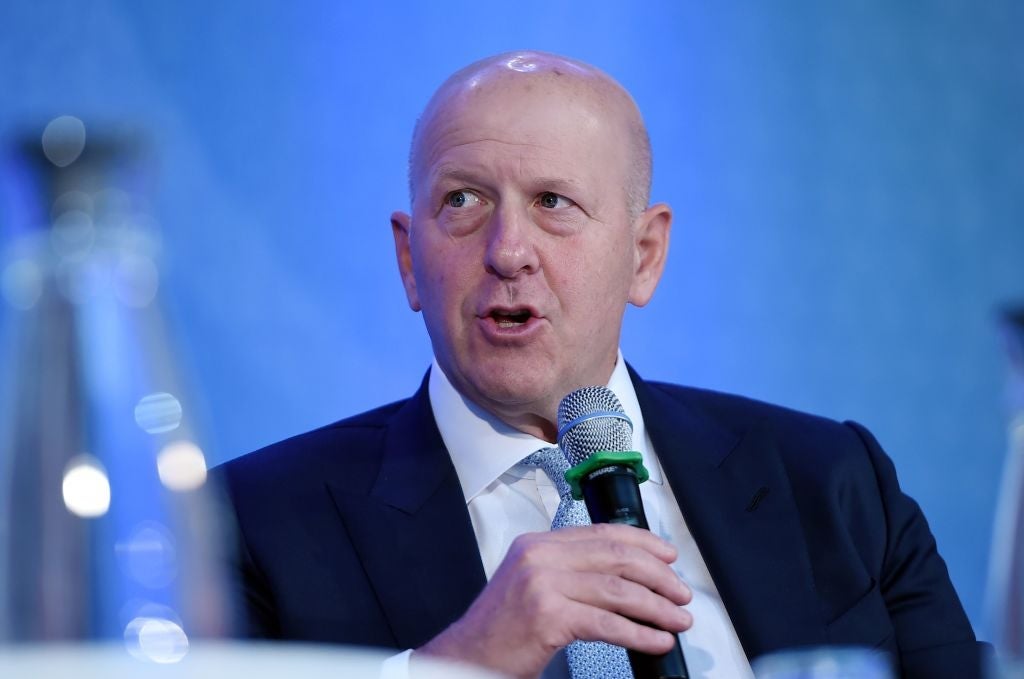

‘SPACs’ emerged as a buzzword in 2020. The year saw a record number of launches of special purpose acquisition companies, or SPACs, in industries that promote sustainability such as clean energy and climate tech.
Indeed, data from PitchBook shows that the amount raised by SPAC registration in the US was higher in 2020 than it was for the whole of the previous decade combined. SPACs raised $75.1bn in 2020, up from $11.1bn in 2019 and $6.4bn in 2018. In 2010, the figure was a paltry $100m.

Access deeper industry intelligence
Experience unmatched clarity with a single platform that combines unique data, AI, and human expertise.
SPACs also registered a high number of exit strategies in 2020, with the final figure being 250. By comparison, there were only 53 exits in 2019 and 36 in 2018, while the numbers were in single digits between 2010 to 2016, according to PitchBook.
Covid outbreak drives the rise in SPACs
The Covid-19 pandemic has been one of the driving forces behind the sudden surge in SPACs, as investors have increasingly used the vehicles in an attempt to reduce risk amid such an uncertain period.
In fact, a document by Deloitte states that “although SPACs have been used for decades as alternative investment vehicles, they have recently come into vogue as seasoned investors and management teams have turned to them to mitigate the increased market volatility risk of traditional initial public offerings”.

US Tariffs are shifting - will you react or anticipate?
Don’t let policy changes catch you off guard. Stay proactive with real-time data and expert analysis.
By GlobalDataOther reasons behind the growing popularity of SPACs, according to a report from McKinsey, are that “the average trust size of SPACs has increased more than fivefold in the past decade”, more well-known participants have emerged as “SPACS entered the mainstream by increasing their number of high-profile investors and recruiting executives from high-profile companies”, and “more than 90% of SPACs have successfully consummated mergers”.
ESG rises on the radar
Another reason behind SPACs becoming so popular is that they fulfil environmental, social and governance criteria. Many SPACs target investments in sectors related to clean energy, climate change, energy transition, sustainability and alternative energy. Among these SPACs are Citic Capital, Star Peak Energy Transition and Climate Change Crisis Real Impact I.
On top of that, SPACs operating in the field of climate tech are largely putting in strong performances. Climate Tech VC stated in December 2020 that “the ten climate tech companies that have completed mergers and are now officially publicly traded are also significantly overperforming the total SPAC post-merger market; on average, climate tech SPACs have posted a 131% return versus the 50% return of the total SPAC market (assuming a $10 offer price)”.
Another trend that is emerging is the rise of the female-backed SPAC, although the figures remain relatively low for now. Powered Brands is one such example and it was priced in January 2021. The vehicle, which was founded by Katherine Power and Greycroft, targets consumer businesses, and more specifically sustainable and digitally focused beauty brands.
However, despite the hype, concerns have been raised about the future prospects of SPACs. Goldman Sachs CEO David Solomon has warned that the Wall Street SPACs boom is not sustainable in the medium term. He added that he doesn’t foresee SPACs being listed at the same pace that they currently are in the future.
Whether the SPACs market will continue to boom in the US remains to be seen, however the focus is now on the European market. This comes as US-listed SPACs are seeking opportunities in Europe, but also because more SPACs are now being listed on European stock exchanges.






